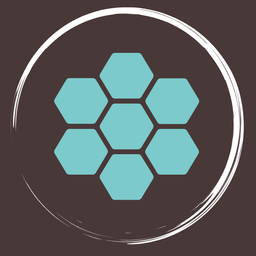Boost Your Creativity With The Zettelkasten Method
Discover the Zettelkasten Method, one of the most powerful note-taking systems. With it, you will boost your productivity and creativity.

In this article, I will introduce the Zettelkasten method, a powerful approach to transform individual notes into a real fountain of knowledge.
This content is part of my Obsidian Starter Kit.
What is the Zettelkasten Method?
Zettelkasten is one of the best methods for thinking and writing. It is a note-taking and Personal Knowledge Management method created by Niklas Luhmann, a German sociologist and thinker in systems theory. Using his Zettelkasten (which means ”slip box” in German), Mr. Luhmann managed to publish more than 70 books and hundreds of articles.
While the this method was created as an analog system, it is perfectly applicable to digital systems.
This method is at the very core of the Obsidian Starter Kit that I've created.

Before we dive in, consider the fact that there are entire books dedicated to this method. Here, I’ll focus on the core ideas of the system and will not cover the nitty-gritty details or the fascinating story behind its creation. My goal here is to help you get started using this approach. If you want to dig deeper, then check out the references at the end.
Introduction to the Zettelkasten Method
The Zettelkasten method aims to help you forget. It aims to help you create an external mind of sorts. A Second Brain. A system in which you can store everything that inspires you, your ideas, and your own creations. Zettelkasten puts the focus on connecting ideas rather than accumulating isolated pieces of information. Using this method, you can build a deep "Web of knowledge". This can help you do research, explore ideas, write articles, and even entire books. In a sense, this approach mimics the way the human brain works. We associate ideas and concepts to form new and more complex ones.
Zettelkasten is both something you create/use based on a set of guiding principles and rules (i.e., a structure) and a method/process you follow to create, maintain and organize your notes over time. It describes how to capture, explore, store and organize interesting ideas/information/knowledge (i.e., inspiration) as well as your own creations. On the other hand, the structure ensures that you don’t end up with a big ball of mud and can continue to leverage your Web of knowledge as it grows.
Together, the structure and the process will help you create a structured and deeply connected Web of knowledge.
A Zettelkasten is personal. Yours will differ from mine, and that’s normal; you are a different person.
This system is inspired by the way our brain works. Each idea or concept is associated with a note (or an index card when doing it the analog way). The notes are then linked together to form a network of ideas. Importantly, there is a clear separation between inspiration and creations.
Zettelkasten: Structure, Concepts, and Principles
Before we dive into the method, let’s first look at the structure and the concepts.
A Zettelkasten is composed of three parts
- An Inbox
- An archive of Literature notes
- An archive of Permanent notes
Within those containers, you will store different types of notes, but those can all be referred to as Zettels; which means “paper slip” in German.
The Inbox is where you temporarily store thoughts, ideas, facts, and questions. Those notes are called Fleeting notes. Fleeting notes are raw and unpolished. They might later turn into diamonds (permanent notes), or might simply be removed later on. Taking fleeting notes is like writing on the corner of a piece of paper. You do NOT want to accumulate those.
The Literature notes archive is where you will store notes about everything that inspires you. That includes verbatim quotes that you like, information about people you look up to, interesting tweets, book notes, information from articles you’ve read and found fascinating, etc. Literature notes are your inspiration. It’s not your own content.
The most important part of the system are the Permanent notes archive. Permanent notes are yours. They correspond to your own thoughts, your own ideas, your own interpretations, your own quotes. Permanent notes are ideas you explore, develop, and connect with other ideas and literature notes. It’s your own knowledge base, your Web of knowledge.
Generally speaking, both literature and permanent notes should be Atomic notes. Each note should focus on a single idea. You’ll build more complex knowledge by linking atomic notes together to form longer texts.
Importantly, all your notes should be easily understandable. Both now and in the future once you don’t have all the contextual information in your mind. Write in a way that will still make sense to you later. Don’t assume anything and write as if you had to learn for the first time. Always write to understand later.
Notice that Zettelkasten only uses 3 main “containers” to store notes: the inbox for fleeting notes, the literature notes archive, and the permanent notes archive. That’s it. You should not try to create complex folder structures within each “container”. Instead, you should keep those containers are simple as possible. Some people expand the base structure to separate “Reference notes”, but I chose not to. To me, those are also literature notes.
Notes in such as system have a simple structure:
- Unique title
- Content
- Summary (optional)
- References: your sources, links, etc. You can use a reference to another tool dedicated to bibliographical data (e.g., Bibtex, Zotero, BibDesk, etc)
- Tags
The Zettelkasten Method in Practice
Now that you know the concepts, let’s look at the method.
The method/process is the part of Zettelkasten that brings the most value. It’s what will help you think and write better. Trust it!
The method goes as follows:
- Capture fleeting notes when you don’t have time to do more
- Create literature notes based on what you explore/consume; anything that inspires you
- While doing so, take note of your thoughts and questions
- Review your literature notes and create permanent notes to distill your ideas, your thoughts, and make connections with the rest of your knowledge base
- Review your fleeting notes regularly to aim for zero inbox
Capturing Fleeting notes with the Zettelkasten Method
First, whenever interesting ideas or questions cross your mind, and you don’t want to let them vanish, you should create a fleeting note. As I’ve mentioned, it doesn't need to be polished. Fleeting notes focus on ideas, not on the form, not on the quality or depth of the text.
A fleeting note could be as short as “Interesting how code quality is influenced by team cohesion”. There could be typos or missing words. Fleeting notes quality doesn't matter much. All that matters is that you can understand what you meant later on.
I personally use fleeting notes whenever I don’t have time to write proper literature or permanent notes. I create those, so I can come back to those ideas later on. Another way to think about those is as building blocks for future literature or permanent notes.
Ideally, fleeting notes need to include the source(s) of inspiration.
Creating Literature notes with the Zettelkasten Method
We are all inspired by different things. When you work on your personal knowledge base, you need to focus on what inspires you. The purpose of literature notes is to capture what you find noteworthy and could be used as a reference and/or inspiration later on.
Taking literature notes requires more time and effort than taking fleeting notes. Literature notes are here to stay, so you need to polish those a bit more. The goal when you write those is to capture the essence of what inspires you. Ideally, those should be written using your own words, and represent your own interpretation of what you read/heard/learned. That being said, it’s okay to capture verbatim quotes here and there. What is of the utmost importance is for your future self to be able to re-understand the what and the why of the information you’ve captured.
If you read an article or a book, then take notes and create literature notes based on those notes. I’ve published an article to explain my process for capturing book notes.
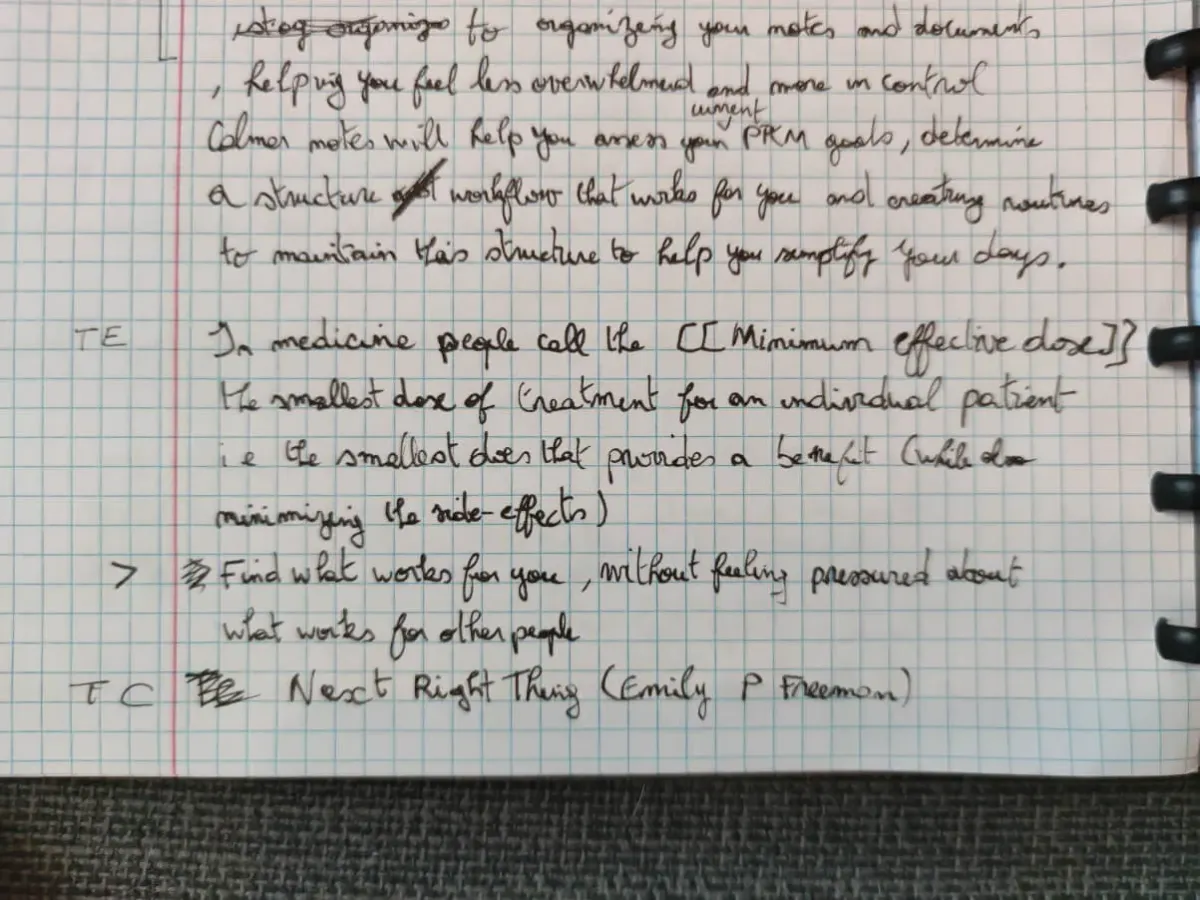
Build the habit of capturing what you find interesting. Although, be mindful of the Collector’s fallacy.


Writing Permanent notes with the Zettelkasten Method
The most important part of the method is the elaboration and linking of permanent notes. While you capture ideas and write literature notes, you should always take note of your own thoughts and ideas. Those will be the starting point for permanent notes.
Writing permanent notes means writing what you know, what you think, and what you care about.
Permanent notes are the ones you should spend the most time and energy on. You want those to be well-written, using full and clear sentences. Just like literature notes, permanent ones need to be written to be easy to understand by your future self, without additional context.
Just like literature notes, permanent notes should be Atomic notes: short and focused on one idea or concept. As a tool for thought, thoughts are the base unit. Hence the importance of creating atomic notes.
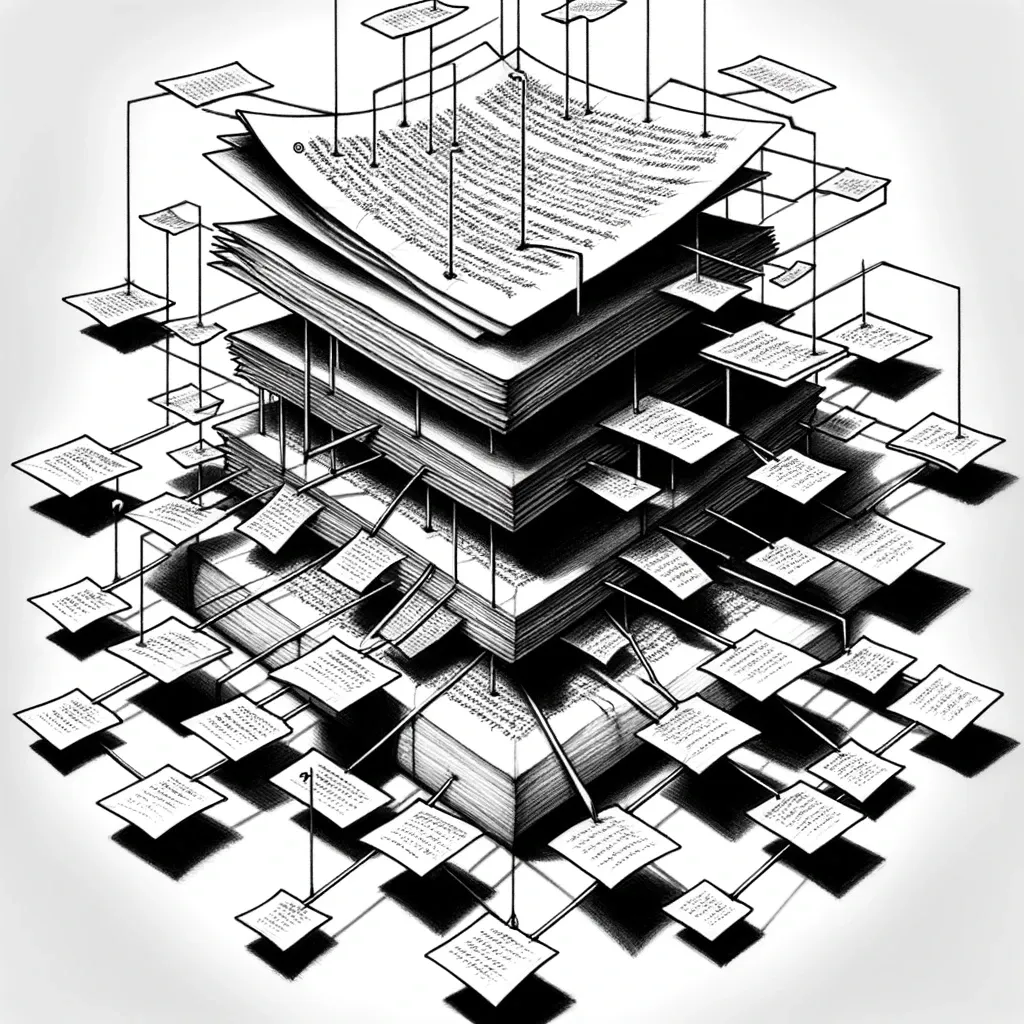
Permanent notes should be connected to other notes; either permanent or literature ones. You want to link those to other notes that relate to or that inspired this specific idea. Over time, those bi-directional links will help you surface additional thoughts and ideas, leading to additional notes and further strengthening your Web of knowledge.
It is of the utmost importance for permanent notes to be 100% yours. It’s totally okay to take inspiration elsewhere and “steal” ideas, but you don’t want to plagiarize. Anything that ends up in your permanent notes should be the result of your own thinking process, even if inspired or influenced by what others have said or written.
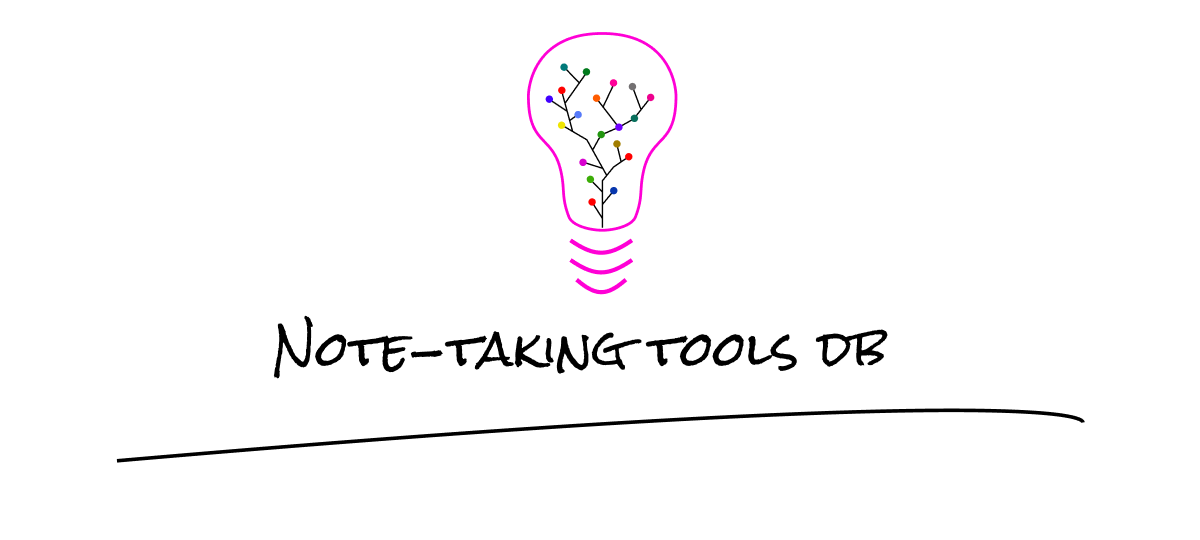
Why You Need to Link and Tag Notes
As I’ve mentioned, linking is one of the core practices of this method. Atomic ideas are great, but they become much more valuable when combined with other ones. In tools such as Obsidian, this can be done in multiple ways:
- Using actual links (e.g.,
[[Some Other Note]]) - Using tags (e.g.,
#topic) - Using Maps of Content (MoCs)
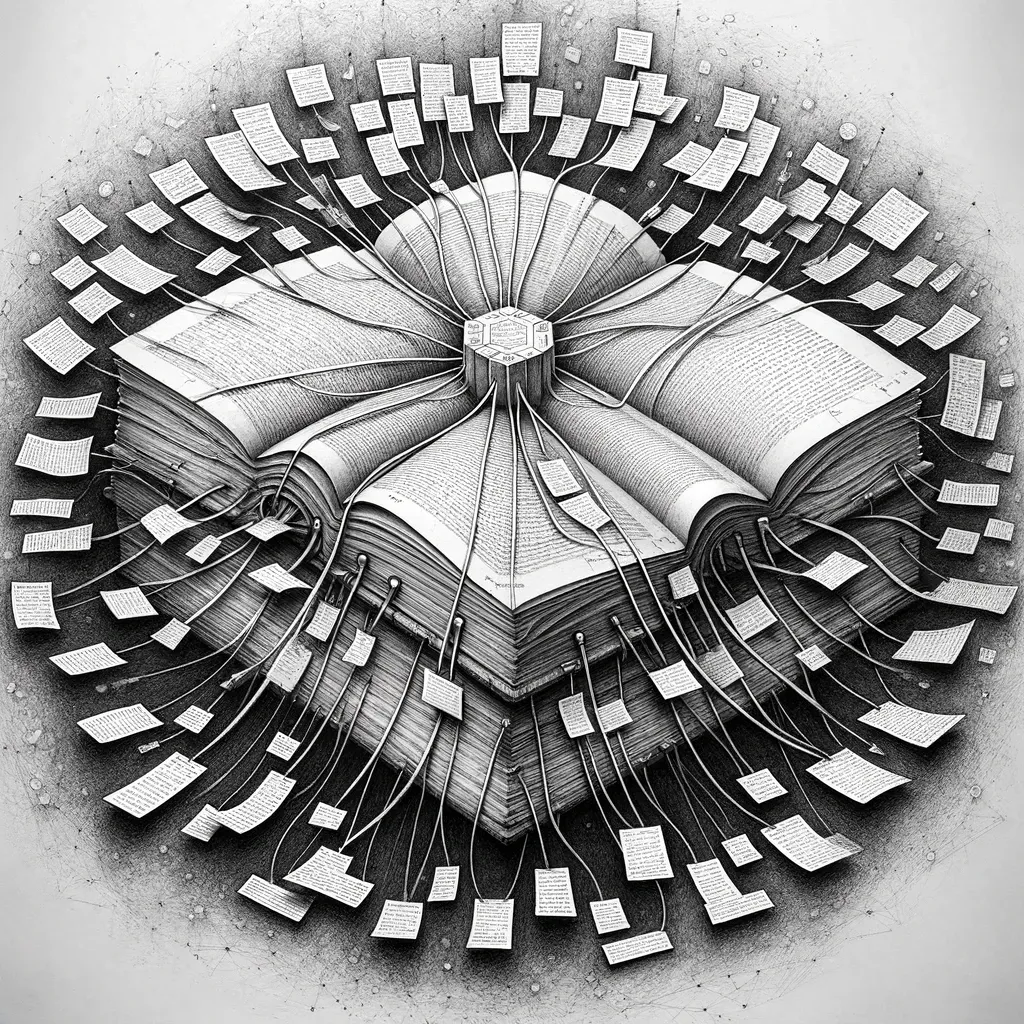

Linking and tagging are part of the note-taking process. It’s something that you should almost always do when you add new notes to your knowledge base. It doesn’t have to be perfect (nothing can!), but you should take time to think about how these new ideas relate to the ones that are already there; whether those are literature notes or permanent notes.
The simple act of creating those links will help your brain realize that those ideas are connected. Again, this helps with memorization and recall, in addition to adding value to your knowledge base.
Check out my other articles to learn more:
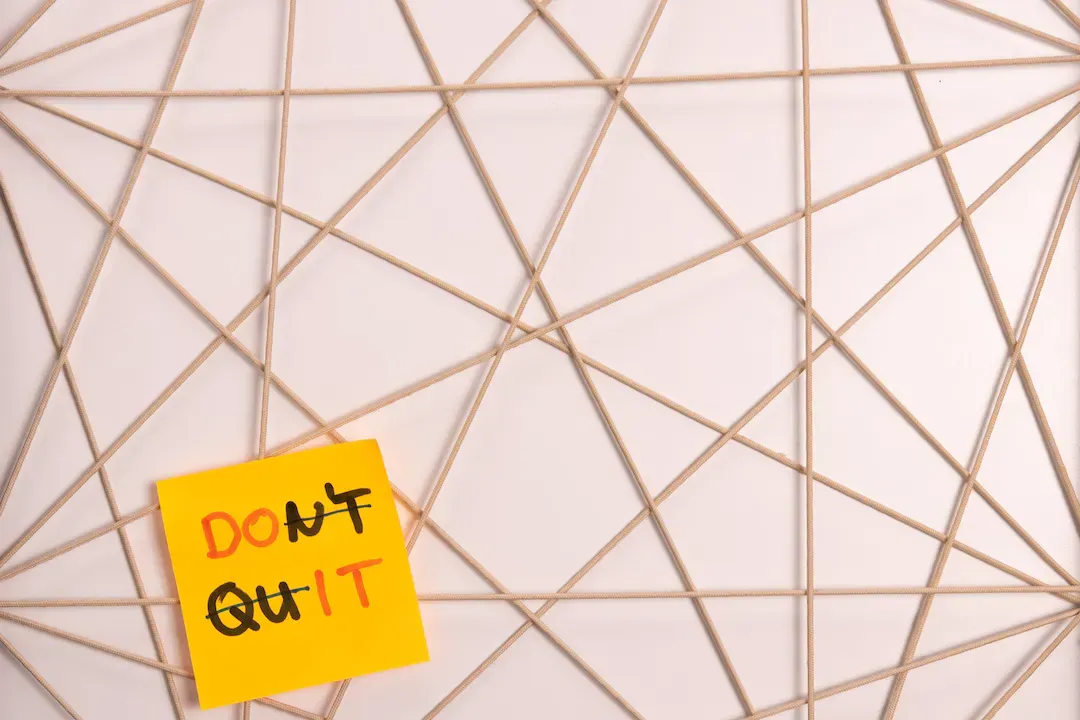
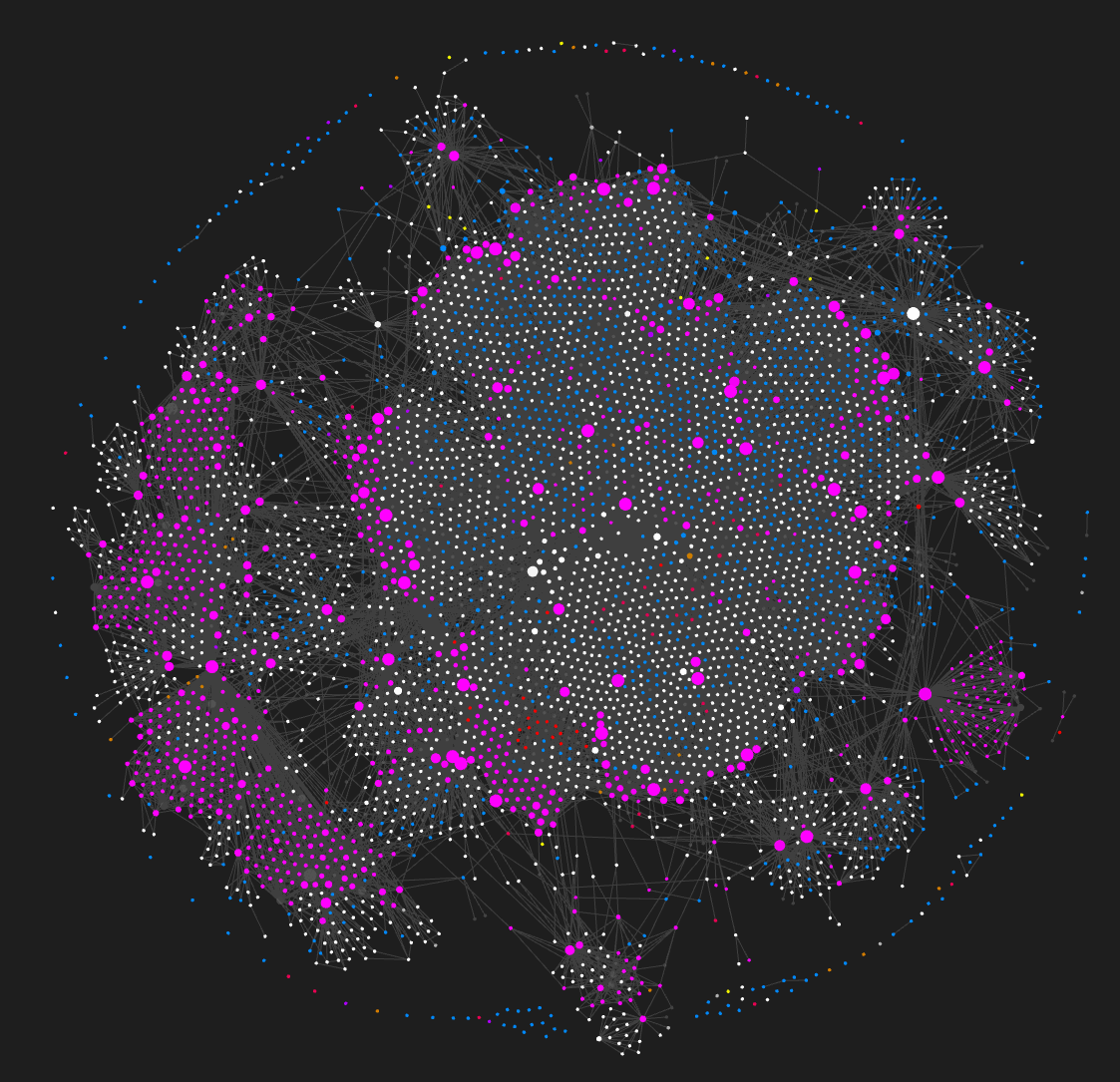
How to Review Fleeting Notes
As I’ve mentioned, fleeting notes are not meant to exist for a long time. Those are transient in nature, and you should avoid accumulating them in your knowledge base.
Also, the longer you wait before you decide what to do with a fleeting note, the less you’ll remember the reasons why you created it in the first place.
For these reasons, you should regularly review your fleeting notes (ideally once a day!) in order to decide what to do with each. You should either:
- Remove it
- Turn it into fleeting notes or permanent notes
If you decide to turn it into a permanent note, then make sure to remove the fleeting note afterward; there’s no use keeping it around.
Emptying the Inbox containing fleeting notes relates to the Inbox Zero principle. The goal is to avoid feeling overwhelmed and to process ideas before it’s too late.
How to Structure Content using Maps of Content
As your knowledge base grows, you’ll need to invest some time in creating and maintaining indexes. Those will help you further structure your content. Indexes are very useful to quickly access related notes.
One technique to create such indexes is Maps of Content (MoCs).

How to Organize Content with the Zettelkasten Method
I want to insist on the fact that you don’t need to waste time creating a complex organization system in your Zettelkasten. As I’ve mentioned in this article, the core containers of Zettelkasten (the inbox, the literature notes archive, and the permanent notes archive) are all you need. You don’t need to further organize your content into sub-folders.
Three key elements matter:
- Putting your notes in the right container
- Linking your notes together
- Tagging your notes
That’s it. If you do that, then you will be able to find what you need when you need if, even if you have thousands of notes in a single folder.
Continuous improvement
Perfection doesn’t exist, but we can tend towards it using continuous improvement.
Whenever you go back to a note you wrote previously, look for improvements you can make; no matter how tiny:
- Rephrase to improve the clarity and quality
- Add missing links
- Add or update tags
- Fix typos
Also, if re-exploring an idea generates a new one, then take the opportunity to capture it; either as a fleeting note or as a permanent note.
With this approach, your Web of knowledge will keep improving and become more useful over time.
Benefits of the Zettelkasten method
The Zettelkasten method provides us with a structure and a process. Those are two keys to success in note-making. The structure helps us to be organized, focused, and eases the process of growing a knowledge base. As a result, this method makes us more productive.
The focus on atomic notes helps us focus on one idea at a time, and makes it much easier for us to reuse content and connect ideas together. Thanks to this, we can create a real Web of knowledge. It also helps us think better and be more creative.
The process itself and the Web of knowledge helps with ideation and creativity. While taking literature notes, we get to think about many ideas, and how those relate to our existing body of knowledge. This yields the creation of permanent notes that further develops our system.
Creating larger texts becomes much more natural and manageable. We expand ideas over time, as we add content to our knowledge base and create links between different ideas.
As an added benefit, the whole process of taking atomic notes and linking ideas together helps with memorization and recall. It thus extends both your mind and memory.
Conclusion
In this article, I've introduced the Zettelkasten method, one of the most powerful ways to manage your personal knowledge at scale Hopefully, this introduction will help you better understand the structure and the method it provides.
The structure promoted by this method is simple, and the method is straightforward. So what are you waiting for? Go create your own Zettelkasten!
That's it for today! ✨
References
Articles
- Why you should take notes while reading: https://dsebastien.net/blog/2022-02-08-why-you-should-take-notes-while-reading
- Process for capturing book notes: https://dsebastien.net/blog/2022-02-17-how-to-capture-book-notes-and-create-smart-notes
- A subreddit dedicated to Zettelkasten: https://www.reddit.com/r/Zettelkasten
- Well of information about Zettelkasten: https://zettelkasten.de
- Write to understand later: https://zettelkasten.de/posts/how-to-write-notes-you-can-understand
- Reading habits: https://zettelkasten.de/posts/reading-putting-it-all-together
- Principle of connectivity: https://zettelkasten.de/posts/luhmann-folgezettel-truth
- Avoid categories: https://zettelkasten.de/posts/no-categories
- Zettelkasten improves thinking and writing: https://zettelkasten.de/posts/zettelkasten-improves-thinking-writing
- Zettelkasten for fiction writing: https://zettelkasten.de/fiction
- The inner and outer forms of a Zettel: https://zettelkasten.de/posts/zettel-nature-two-forms
- When to create a new note: https://zettelkasten.de/posts/when-start-new-note
- Reading is searching: https://zettelkasten.de/posts/reading-is-searching
- Buffer notes: https://zettelkasten.de/posts/buffer-notes
- Structural layers: https://zettelkasten.de/posts/three-layers-structure-zettelkasten
- Kinds of ties: https://zettelkasten.de/posts/kinds-of-ties
- An example of Zettelkasten workflow (analog but still interesting): https://texnicalstuff.blogspot.com/2022/04/zettelkasten-workflow.html
- Another introduction to Zettelkasten: https://zenkit.com/en/blog/a-beginners-guide-to-the-zettelkasten-method
Videos
- Zettelkasten Note-Taking: What I wish I knew about Smart Notes by Martin Adams
- Zettelkasten Smart Notes: Step by Step with Obsidian by Martin Adams
- How long should literature notes be? by Martin Adams
- What to do with fleeting notes? by Martin Adams
- Structuring book notes with the Zettelkasten method by Martin Adams
- ZETTELKASTEN METHOD (Explained Clearly with Examples and Software) by Mike and Matty
- Zettelkasten Note-Taking Method: Simply Explained by Shu Omi
Books
- How to Take Smart Notes by Sönke Ahrens
- Digital Zettelkasten: Principles, Methods, & Examples by David Kadavy
History of Zettelkasten:
- https://zettelkasten.de/introduction/#luhmann-s-zettelkasten
- https://niklas-luhmann-archiv.de/projekt/publikationen
About Sébastien
I'm Sébastien Dubois, and I'm on a mission to help knowledge workers escape information overload. After 20+ years in IT and seeing too many brilliant minds drowning in digital chaos, I've decided to help people build systems that actually work. Through the Knowii Community, my courses, products & services and my Website, I share practical and battle-tested systems. You can follow me on X 🐦 and on BlueSky 🦋.
I am an author, founder, and coach. I write books and articles about Knowledge Work, Personal Knowledge Management, Note-taking, Lifelong Learning, Personal Organization, and Zen Productivity. I also craft lovely digital products.
If you want to follow my work, then become a member and join our community.
Ready to get to the next level?
If you're tired of information overwhelm and ready to build a reliable knowledge system:
- 🎯 Join Knowii and get access to my complete knowledge transformation system
- 📚 Take the Course and Master Knowledge Management
- 🚀 Start with a Rock-solid System: the Obsidian Starter Kit
- 🦉 Get Personal Coaching: Work with me 1-on-1
- 🛒 Check out my other products and services. These will give you a rock-solid starting point for your note-taking and Knowledge Management efforts



